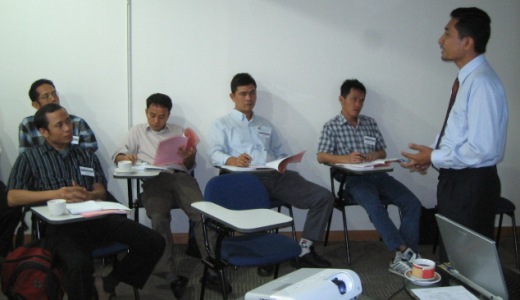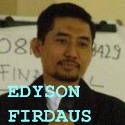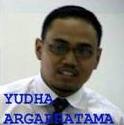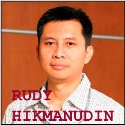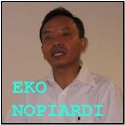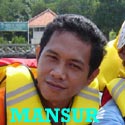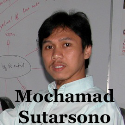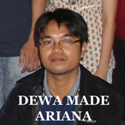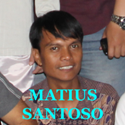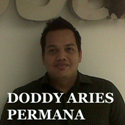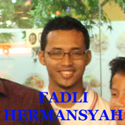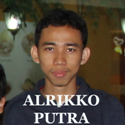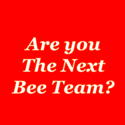7 THE BUSINESS HAT: WHERE IT ALL COMES TOGETHER
As a professional in some discipline your perspective of the business of the organization was limited. You had knowledge of the purposes and objectives of your group but limited knowledge of the organization. As long as the organization was meeting its objectives there was not much reason to go beyond the interests of your group. Your manager filled you in on what was necessary. As a specialist you probably didn’t take an interest in the decisions of upper management unless those decisions affected your working conditions in some way. Only a small percentage of professionals even know the names and contributions of upper management.
Academia, government, industry, and not-for-profit organizations are all involved in some form of business; I use the word business in its broadest sense. Each expects a result from the investment of its resources. Each has or should have defined purposes, objectives, and strategies to reach its objectives. The business of academia is to educate. The business of government at all levels is to provide the social infrastructure. The business of industry is to provide the products and services that meet society’s needs. The business of not-for-profit organizations is to provide those social services that enhance the human condition.
As a new appointee to a management position you will become more closely allied with the business of the organization. The work and actions and decisions taken in your unit will impact other organizational units. You are no longer an island unto yourself. As a manager your responsibility is to open the doors to those other silos and explore their content. Your future and that of your unit depend on discovering what’s in those silos.





